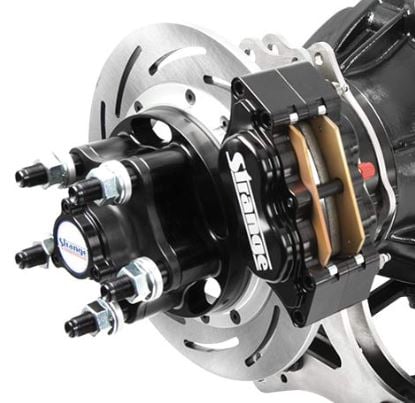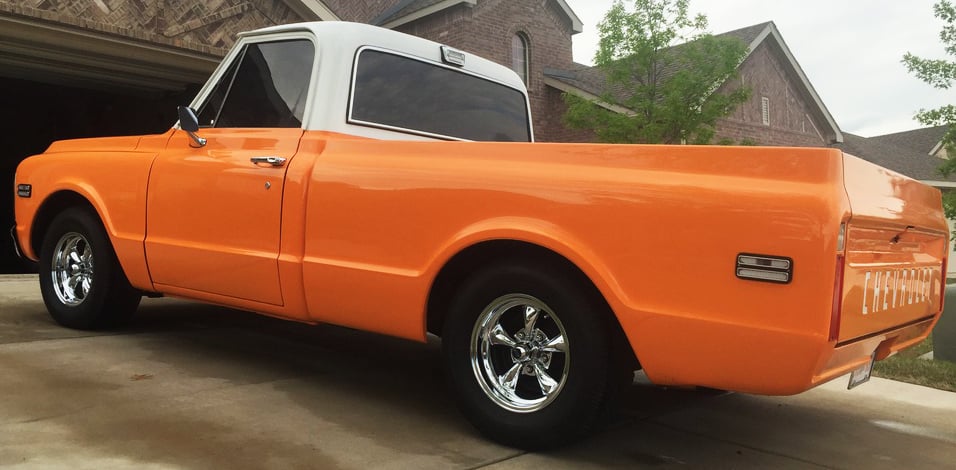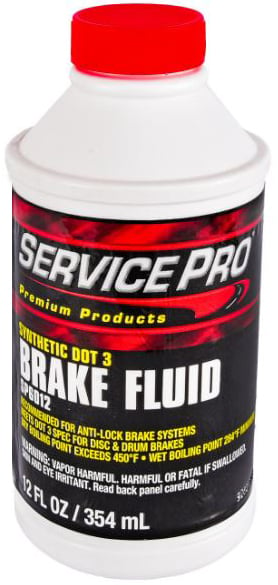
From a safety perspective, converting your rear drum brakes to disc brakes is a great idea. Disc brakes offer superior stopping power and are less likely to fade in hot weather or when towing a heavy load.
There are a few different ways to go about converting your rear drum brakes to disc brakes. One option is to purchase a classic car disc brake conversion kit from JEGS. Opting for a complete kit will make the installation process much easier and will ensure that all of the necessary components are included.
Another option is to purchase the individual components needed for the conversion and install them yourself. This approach will likely be more expensive, but it will allow you to customize the brakes to better suit your needs.
No matter the direction you take, JEGS is here to help with a wide selection of front disc brake kits, rear disc brake conversion kits, and all the individual components you need to get the job done right.
What Are Rear Drum Brakes?
Rear drum brakes were commonly used on vehicles until the late 1970s when disc brakes became the popular choice. Drum brakes consist of a cylinder (drum) that houses a set of brake shoes. When the brake pedal is depressed, hydraulic pressure forces the shoes outward against the drum. This contact creates friction, which slows down or stops the rotation of the drum and, ultimately, the vehicle.
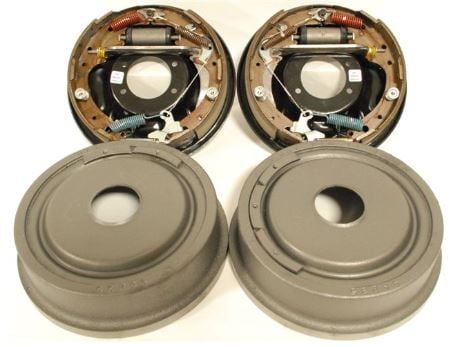
What Are Disc Brakes?
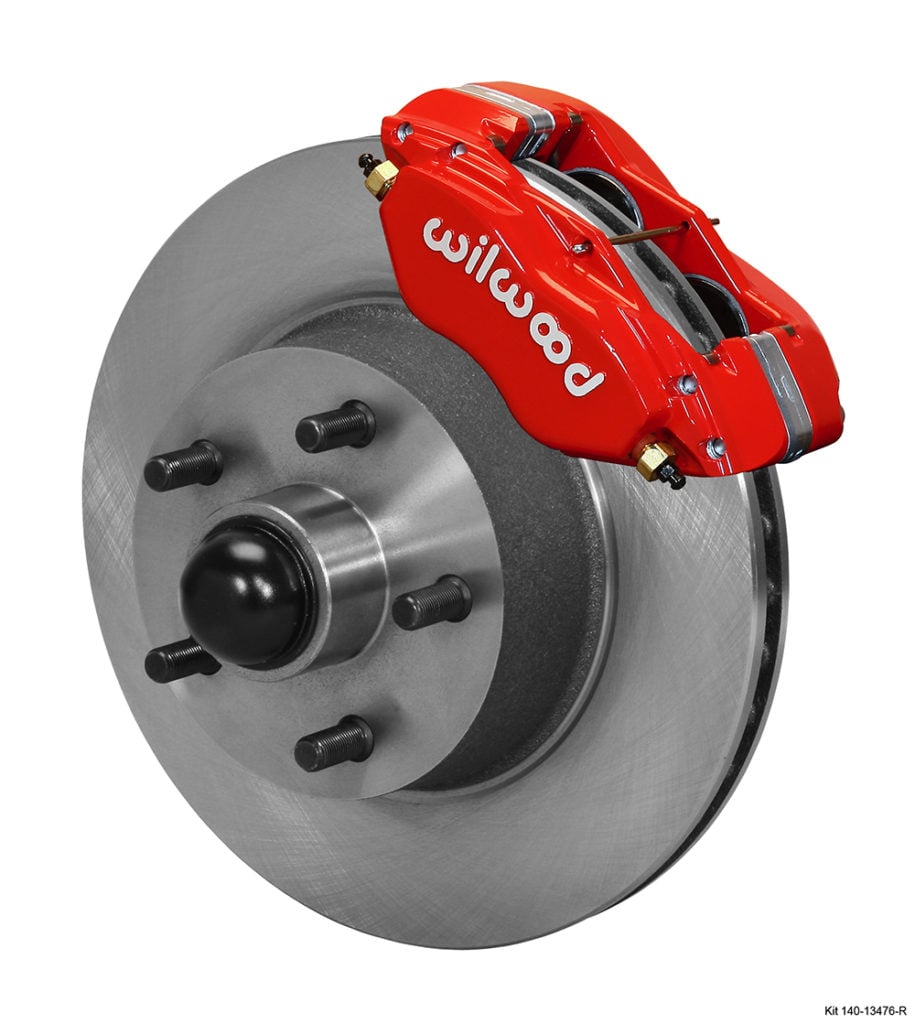
Disc brakes are the better option when it comes to stopping power and fade resistance. A disc brake system consists of a rotor (disc), caliper, and pads. When the brake pedal is depressed, hydraulic pressure forces the caliper pistons to push the pads against the rotor. This contact creates friction, which slows down or stops the vehicle much quicker than drum brakes.
What is The Difference?
There are a few different factors to consider when deciding whether or not to convert your rear drum brakes to disc brakes. The most important thing to keep in mind is safety. Disc brakes offer superior stopping power and are less likely to fade. If you do a lot of driving in stop-and-go traffic or live in an area with hilly terrain, disc brakes are a must.
Another consideration is cost. A classic car disc brake conversion kit can be expensive, but when talking about safety, there's no putting a price tag on that. If you're handy with tools and are comfortable working on your vehicle, you can save some money by purchasing the individual components needed for the conversion and installing them yourself.
How To Convert Them
With a little research and determination, converting your rear drum brakes to disc brakes is a relatively easy process. If you purchase a complete kit, all of the necessary components and instructions will be included.
Either way, you'll need to start by removing the rear drums, brake shoes, backing plates, and all associated hardware. Pro tip: spray each nut and bolt with penetrating fluid before attempting to remove them. This will help to loosen any rust or corrosion that may have built up over time.
Once the drums and shoes are removed, you'll need to clean up the area and make any necessary repairs, like replacing rusted-out hardware. The next step is to install the new disc brakes. If you're using a kit, follow the included instructions. In many cases, the axles will need to be removed from the rear differential housing in order to install the caliper mounting brackets. If you're piecing the system together yourself, be sure to consult a professional or reference a reliable source for guidance.
With so many kits and components on the market, choosing the right one for your vehicle can be a challenge. Luckily JEGS experts are here to help. Give us a call or visit us online for assistance finding the perfect disc brake conversion kit for your application.
